Increased Energy Demand
The hydraulic fracturing market is experiencing a surge in demand for energy, driven by the growing population and industrial activities in the US. As the economy expands, the need for reliable and affordable energy sources becomes paramount. Hydraulic fracturing plays a crucial role in meeting this demand by unlocking vast reserves of natural gas and oil. In 2025, the US is projected to consume approximately 100 quadrillion BTUs of energy, with a significant portion sourced from shale formations. This increasing energy demand is likely to propel investments in hydraulic fracturing technologies, thereby enhancing production capabilities and efficiency in the industry.
Infrastructure Development
The expansion of infrastructure related to the hydraulic fracturing market is a critical driver of growth. Enhanced transportation networks, including pipelines and processing facilities, facilitate the efficient movement of extracted resources to market. In 2025, the US is witnessing a significant increase in pipeline construction, with over 5,000 miles of new pipelines expected to be operational. This infrastructure development reduces bottlenecks and transportation costs, thereby making hydraulic fracturing operations more economically viable. As infrastructure continues to improve, the hydraulic fracturing market will likely see increased production and distribution efficiency, further solidifying its role in the energy sector.
Advancements in Fracturing Techniques
Innovations in hydraulic fracturing technologies are transforming the landscape of the hydraulic fracturing market. Techniques such as multi-stage fracturing and the use of proppants have improved the efficiency and effectiveness of extraction processes. These advancements enable operators to access previously unreachable reserves, thereby increasing production rates. In 2025, it is estimated that the average recovery rate from hydraulic fracturing operations has improved by 15% compared to previous years. This trend not only boosts profitability for operators but also enhances the overall competitiveness of the hydraulic fracturing market, attracting further investments and technological developments.
Investment in Renewable Energy Integration
Integration of renewable energy sources is increasingly influencing the hydraulic fracturing market. As the US transitions towards a more sustainable energy landscape, there is a growing recognition of the role that natural gas plays as a bridge fuel. Hydraulic fracturing enables the extraction of natural gas, which can complement renewable energy sources by providing a reliable backup during periods of low renewable output. In 2025, natural gas is projected to account for approximately 30% of the US energy mix, highlighting its importance in the overall energy strategy. This integration may drive further investments in hydraulic fracturing technologies, ensuring their relevance in a changing energy environment.
Regulatory Support for Domestic Production
The regulatory environment is evolving to support domestic production in hydraulic fracturing. Recent policies aimed at enhancing energy independence and reducing reliance on foreign oil have led to favorable conditions for hydraulic fracturing operations. In 2025, the US government is expected to implement incentives for domestic energy production, which may include tax breaks and streamlined permitting processes. Such regulatory support is likely to encourage investment in hydraulic fracturing projects, thereby boosting production levels and contributing to the overall growth of the industry. This favorable regulatory landscape may also enhance the competitiveness of the hydraulic fracturing market on a national scale.


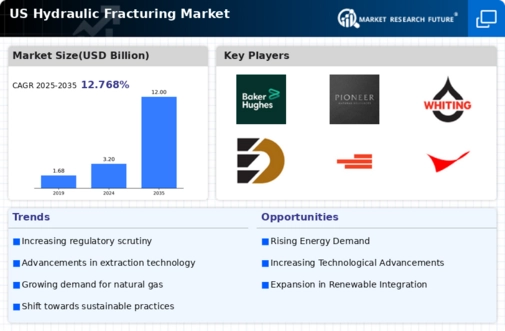

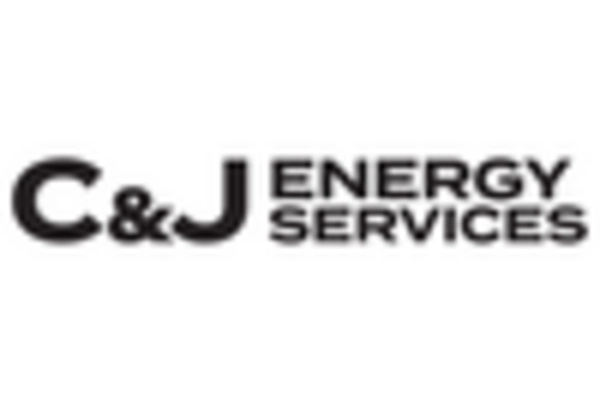
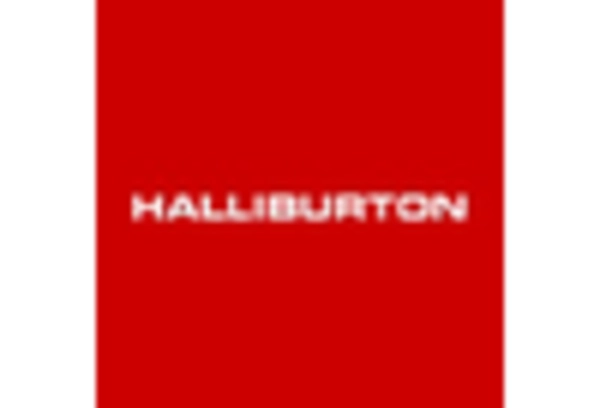
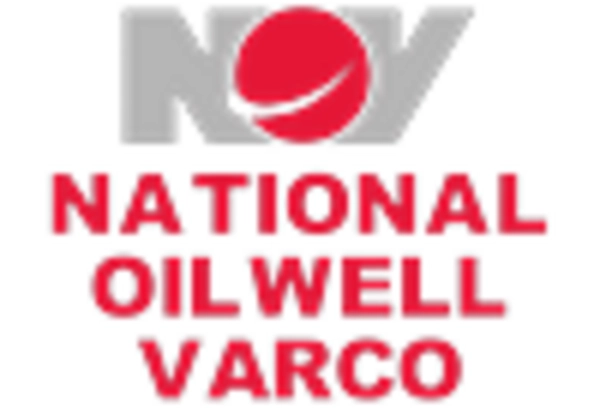
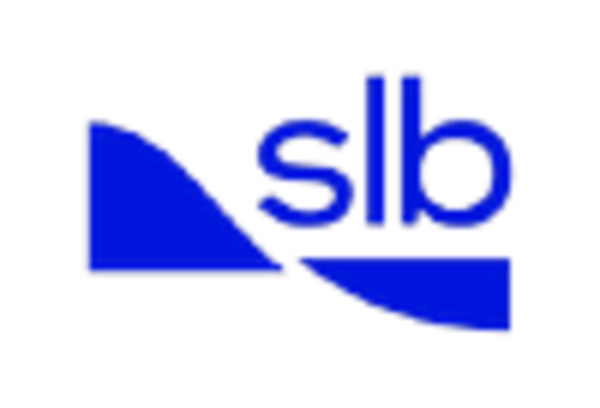









Leave a Comment